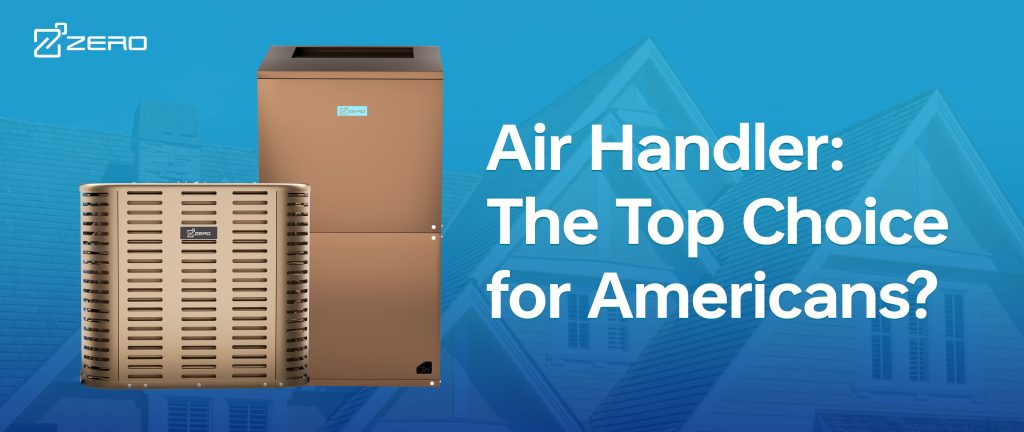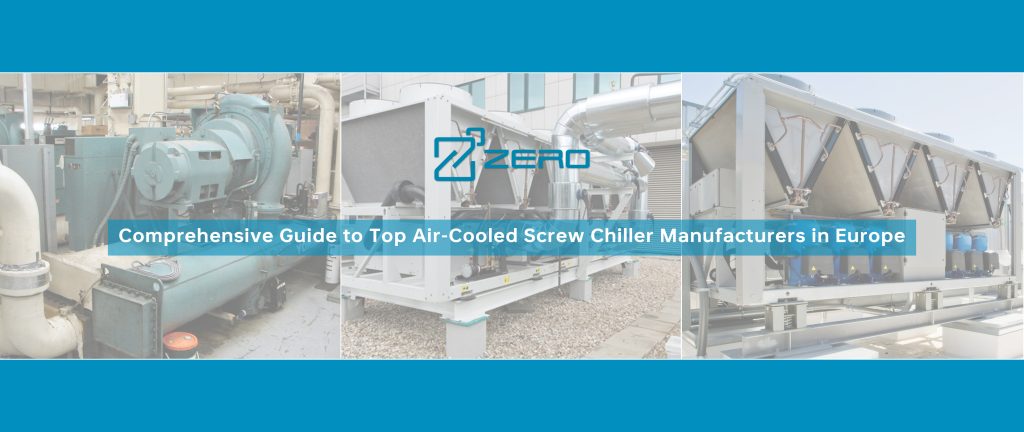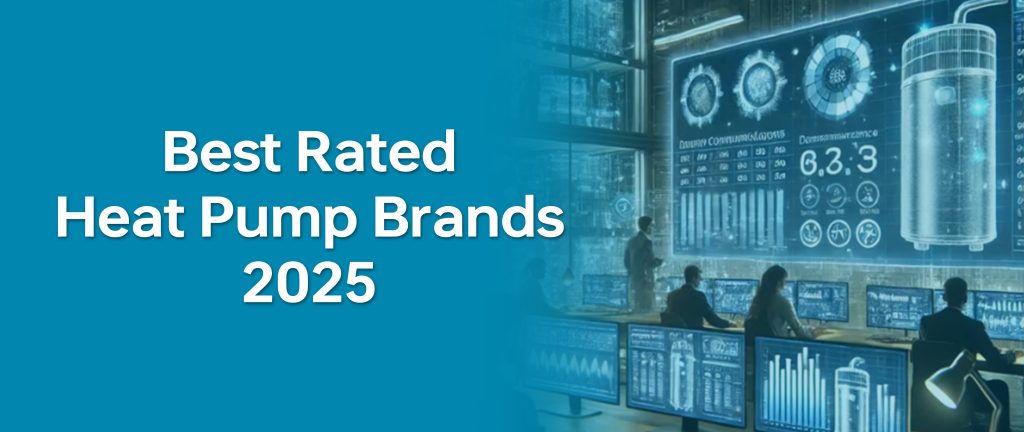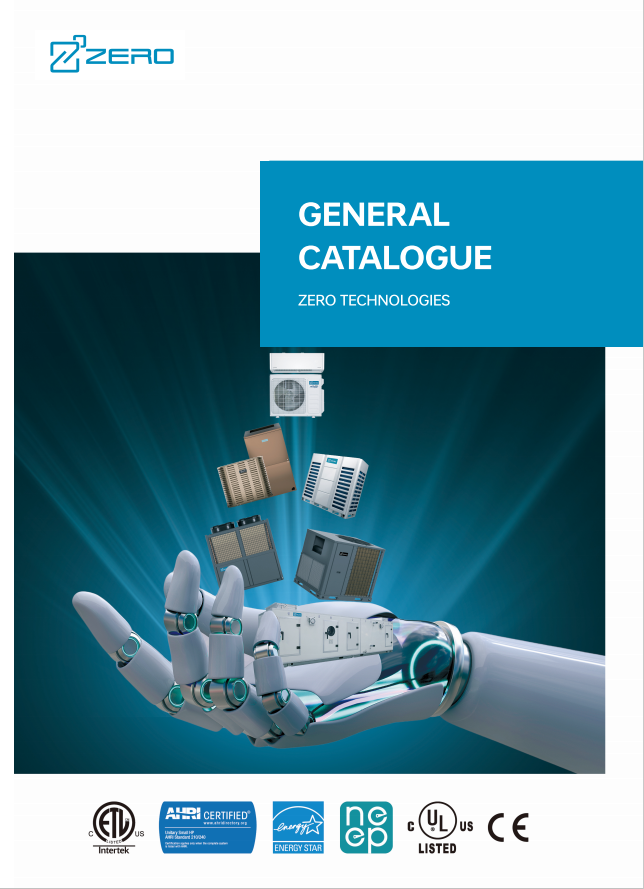As an advanced central air conditioning technology, Variable Refrigerant Flow (VRF) air conditioning systems have been widely used in commercial and residential buildings due to their excellent energy efficiency and significant energy-saving advantages. In this blog, we will discuss the working principle of the VRF air-conditioning system, its energy efficiency characteristics, and the energy-saving advantages it brings.
Working principle of VRF air conditioning system
VRF air conditioning system consists of one or more outdoor units and multiple indoor units. Its core technology lies in the use of variable frequency compressors and electronic expansion valves, which can accurately regulate the refrigerant flow and pressure according to the actual load demand. This flexible refrigerant flow control allows the system to maintain high efficiency under different operating conditions.
The main features include
Frequency conversion technology: the compressor speed can be infinitely adjusted according to the load demand.
Multi-connected design: One outdoor unit can be connected to multiple indoor units.
Distributed refrigeration: each area can be independently controlled by temperature
Heat Recovery Function: Heat transfer between cooling and heating.

Energy efficiency of VRF air conditioning system
The energy efficiency of the VRF system is mainly reflected in the following aspects.
1.High energy efficiency ratio (EER/COP)
VRF system usually has a high energy efficiency ratio, cooling energy efficiency ratio (EER) up to 4.0 or more, and heating coefficient (COP) up to 4.5 or more. This means that 1 kWh of electricity can produce more than 4 kWh of cooling or heating.
2.Precise Temperature Control
VRF system can control the room temperature within the set temperature ±0.5℃, avoiding the waste of energy caused by excessive cooling or heating.
3.Heat Recovery Technology
In the same system, the heat generated in the cooling area can be transferred to the area that needs to be heated, greatly improving the efficiency of energy utilization.

Energy-saving advantages of VRF air-conditioning system
Compared with traditional central air-conditioning systems, VRF systems have significant energy-saving advantages.
1.Reduced energy consumption
Energy saving in daily operation: thanks to the highly efficient inverter technology and precise control, the VRF system can save 20%-40% of energy consumption compared with traditional systems in daily operation.
2.Reduction of transportation energy consumption
VRF system uses refrigerant as the heat transfer medium, compared with the water system greatly reduces transportation energy consumption. The pressure loss of the refrigerant pipeline is much lower than that of the water system, and the energy consumption of the transfer pump can be reduced by more than 80%.
3.Avoid part-load efficiency drop
Traditional fixed-frequency air conditioning in part of the load efficiency drops significantly, while the VRF system can maintain high efficiency in a wide range of loads, effectively avoiding the waste of energy.
4. Flexible Zone Control
Each zone can be controlled independently according to the actual demand, without the need for centralized air conditioning for the entire building cooling or heating, thus reducing unnecessary energy consumption.
5. Heat Recycling
In large commercial buildings, it is very common to have both cooling and heating needs, and the heat recovery function of the VRF system can take full advantage of this feature to significantly improve the overall energy efficiency of the system.
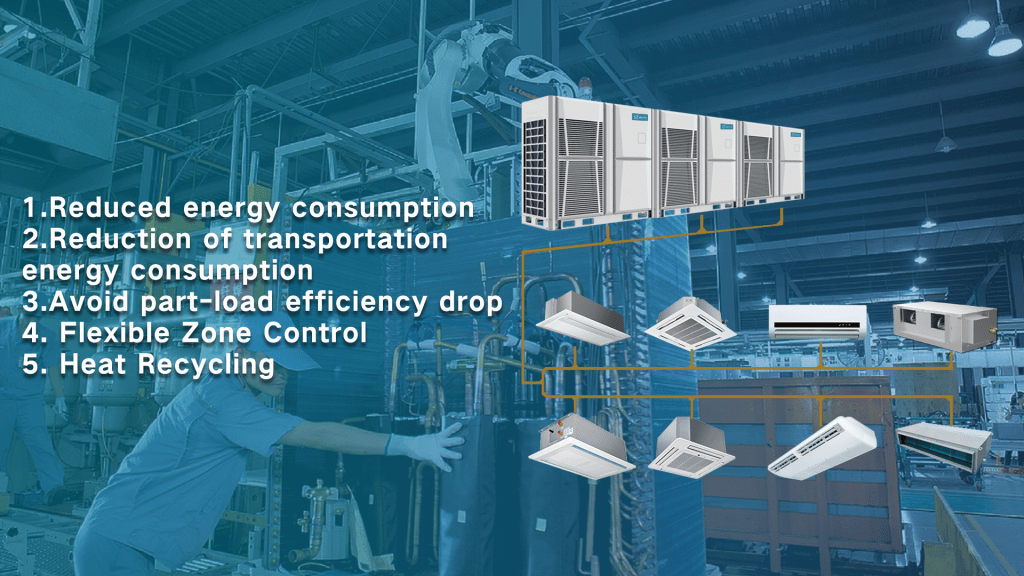
Future trends
As technology continues to advance, the efficiency of VRF systems will be further improved.
1.Compressor efficiency optimization: the use of permanent magnet synchronous motor, two-stage compression, and other technologies to improve compressor efficiency.
2.Improvement of heat exchanger: A micro-channel heat exchanger is used to increase the heat exchange area and improve the heat exchange efficiency.
3.Intelligent control upgrading: combining artificial intelligence and big data technology to achieve more accurate load prediction and operation optimization.
4.Integration of renewable energy: Combined with solar energy, ground source heat pump, and other renewable energy systems, the overall energy utilization efficiency can be further improved.

VRF air-conditioning system has significant advantages in energy efficiency and energy saving by virtue of its advanced inverter technology, flexible multi-connected design, and precise control strategy. With the increasingly stringent requirements for energy saving and emission reduction, the VRF system will play an increasingly important role in building energy saving and make significant contributions to the realization of sustainable development in the construction field.

